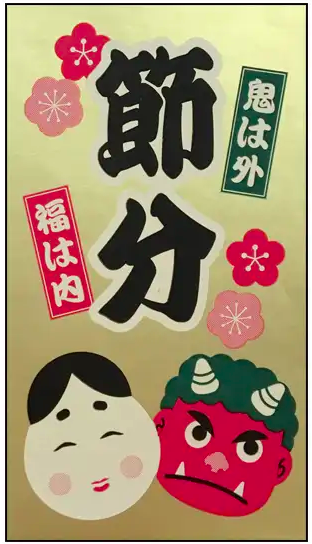
by Elizabeth Andoh | Jan 28, 2025 | Culture, Holiday, Kitchen PROJECTS, Winter
PROJECT Bean-Throwing for Setsubun Mamé maki (bean-throwing for Setsubun) tosses ogres outside (with dried beans) and brings good fortune inside (with dried beans). Fuku mamé (dry-roasted “good luck” soybeans) can be black or white (beige, really). FUKU wa...
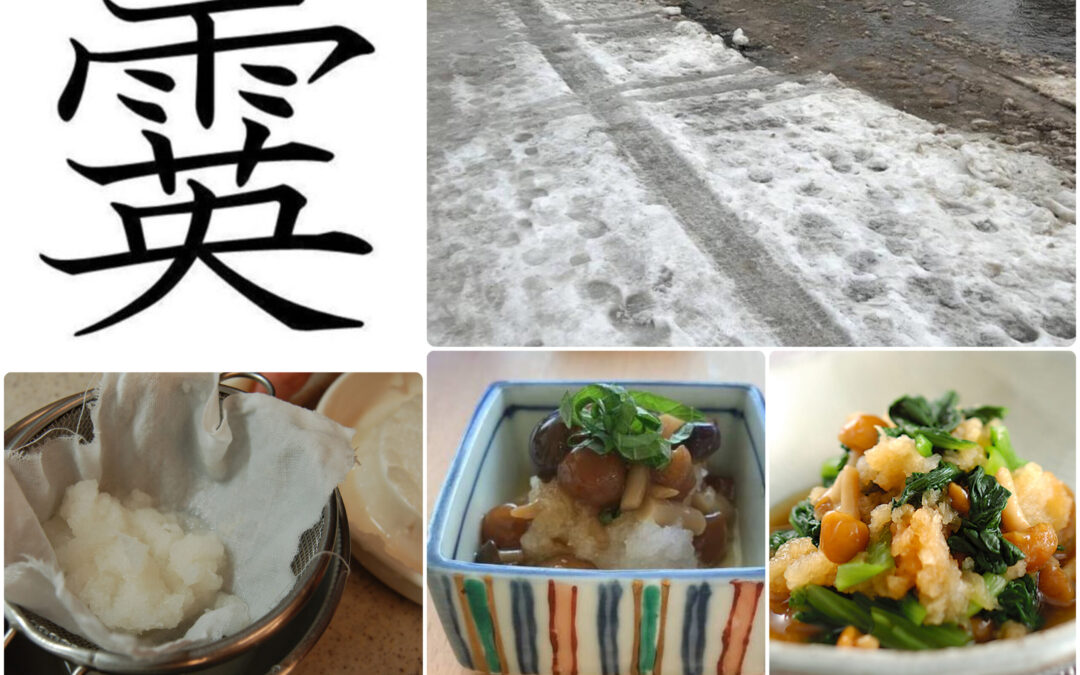
by Elizabeth Andoh | Jan 28, 2025 | Kitchen Culture, Winter
Winter weather reports predicting SLEET (mizoré), are rarely welcome news. After all, the bone-chilling mixture of rain and snow is messy under foot and creates hazerdous road conditions. But when mizoré appears on a menu, it conjurs up tasty fare. Snowy white daikon...
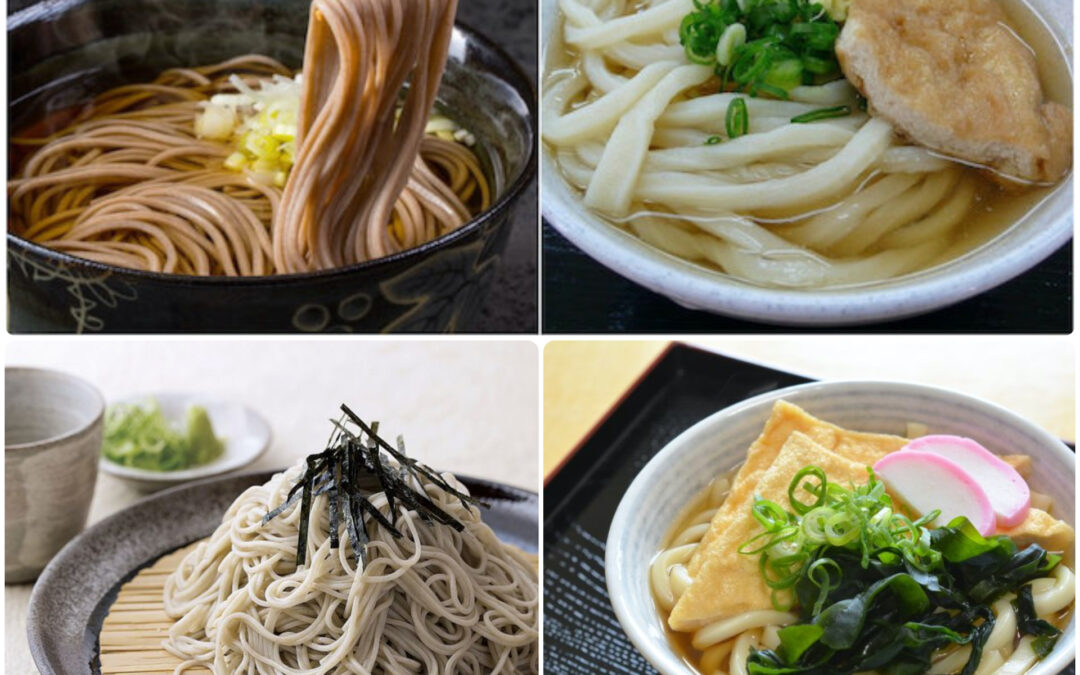
by Elizabeth Andoh | Dec 21, 2024 | Culture, Holiday, Kitchen Culture, Year-Round
Year-Passing SOBA… New Year-Welcoming UDON The Japanese bid farewell to the current year by slurping l-o-n-g noodles at midnight. Though most areas of Japan eat soba, calling the noodles toshi koshi (year-passing), those hailing from the Sanuki region eat udon....

by Elizabeth Andoh | Dec 21, 2024 | Culture, Kitchen PROJECTS
NOODLE-SLURPING Anyone who has ever spent time in Japan, or regularly eats at Japanese restaurants, knows (all too well) the sound of slurping. Noodles, for sure, but soup, tea and other liquids, too. Although noodles, soup and beverages are part of every food...
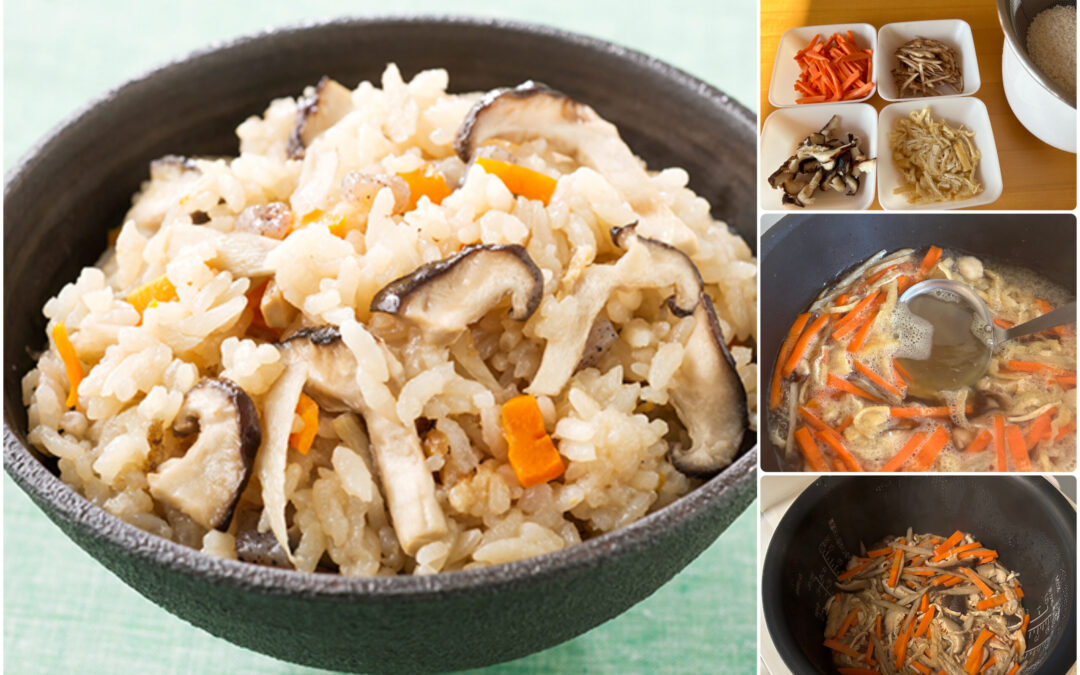
by Elizabeth Andoh | Nov 19, 2024 | Kitchen PROJECTS, Year-Round
Vegetables cooked into RiceKayaku (Takikomi) Gohan加薬 (炊き込み) ご飯 In different parts of Japan, rice that is cooked in a flavored liquid with a variety of ingredients (that went to flavoring that liquid) goes by various names. The most generic is takikomi because it...

by Elizabeth Andoh | Nov 19, 2024 | Autumn, Holiday, Kitchen Culture
In Japan, rice is more than just sustenance. It holds symbolic and sacred significance. Rice yield was also a measurement of wealth during the Edo Period (1603-1868). Early records of rituals celebrating the harvest and entreating future prosperity, called nii namé...
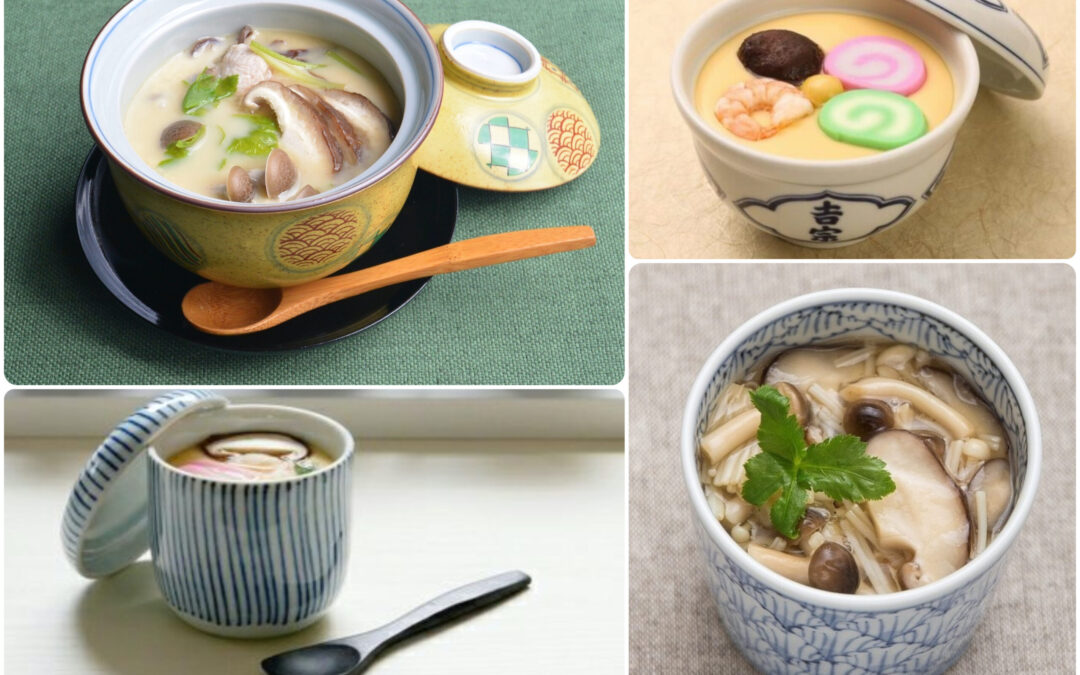
by Elizabeth Andoh | Oct 18, 2024 | Kitchen Culture, Year-Round
Silky, savory egg custards called CHAWAN MUSHI 茶碗蒸し are served in cups with a spoon. The egg and dashi mixture is delicately seasoned with mirin and light-colored soy sauce. Various tidbits such as mushrooms, ginko nuts, chicken, shrimp or kamaboko (fish sausage) can...

by Elizabeth Andoh | Oct 18, 2024 | Kitchen PROJECTS, Tabletop
PROJECT: Serving Steamed Foods Piping Hot This PROJECT is about serving chawan mushi, a dish that requires heatproof cups to cook the egg custards in and to bring them piping hot to table. Because Japan’s food culture places importance on the presentation of...
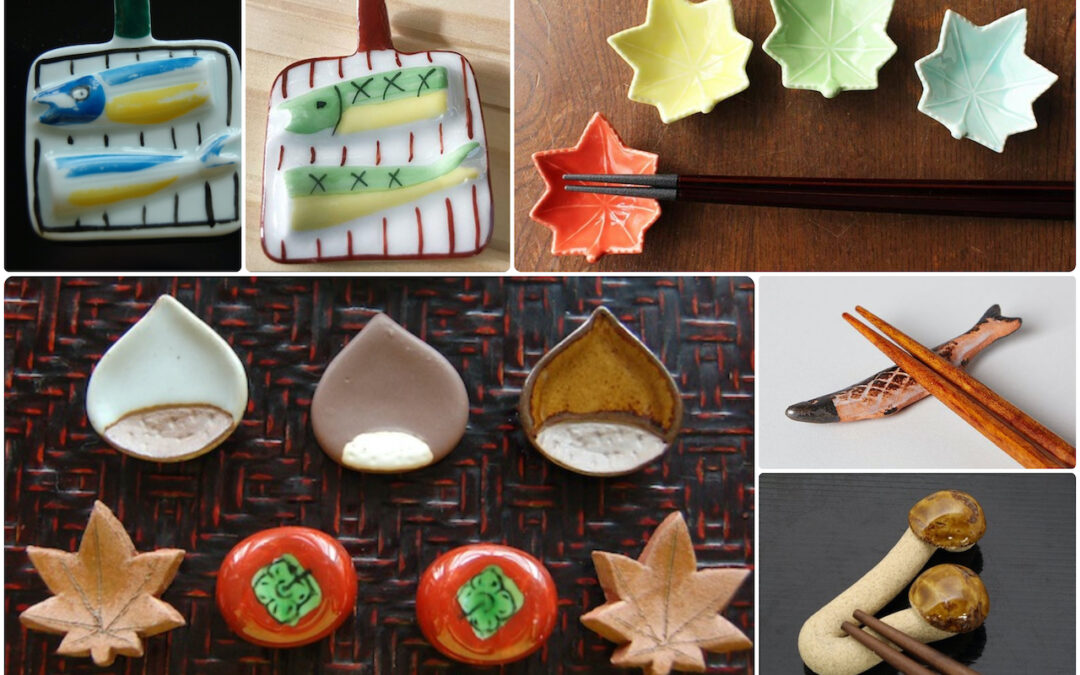
by Elizabeth Andoh | Sep 5, 2024 | Autumn, Kitchen PROJECTS, Tabletop
Setting the Table, Setting the Stage This PROJECT is about setting the table… to set the stage for autumn’s culinary pleasures. One simple and fun way to do this is by choosing fall-themed HASHI OKI (choptsick rests). Pictured above are a few of the...

by Elizabeth Andoh | Sep 5, 2024 | Autumn, Kitchen Culture
The Japanese speak of aki no mikaku (autumnal eating pleasures). Of the many foods placed in that category, a slender, sleek, and steely-colored fish called sanma (Pacific saury; Cololabis saira 秋刀魚) has always been considered shomin no aji, or “food for the...
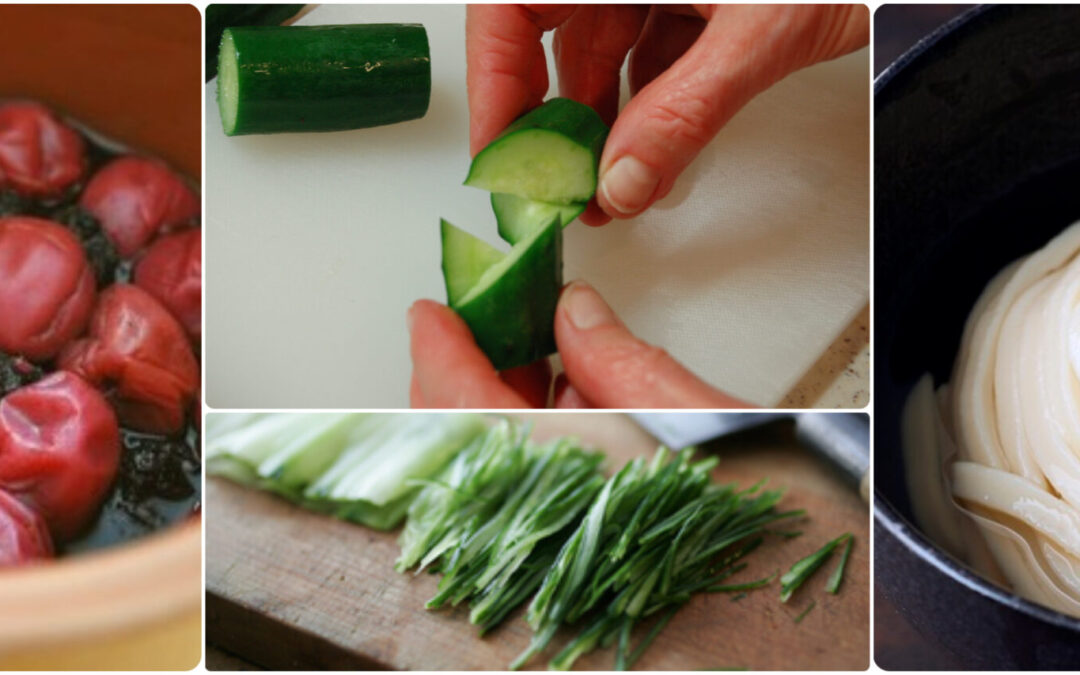
by Elizabeth Andoh | Aug 5, 2024 | Kitchen PROJECTS, Summer
This PROJECT is about making foods that are refreshing and restorative when the weather is oppressively hot and humid. Mouth-puckering UMÉBOSHI have long been touted as a way of ensuring food safety on hot days because of their anti-bacterial properties. Members of...
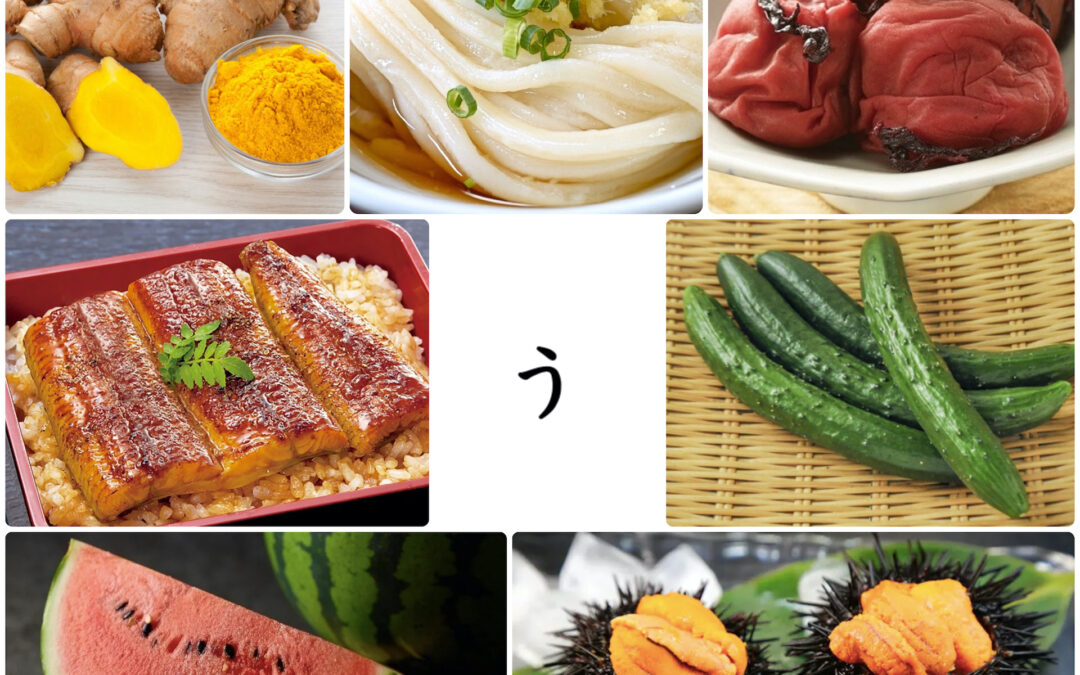
by Elizabeth Andoh | Aug 5, 2024 | Kitchen Culture, Summer
The Japanese have long believed that foods beginning with the syllable “U” (written” う in hiragana), have special beat-the-heat properties. Most famous is UNAGI (eel, rich in vitamin B1) known as an antidote for summertime lethargy. The current custom of...
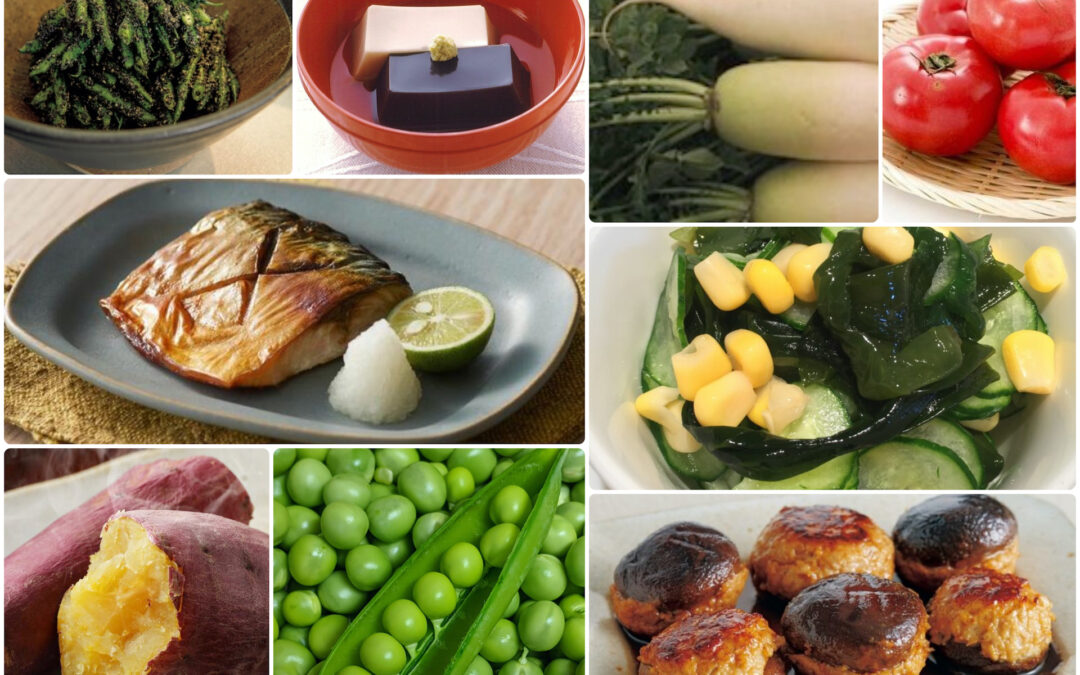
by Elizabeth Andoh | Jul 5, 2024 | Culture, Kitchen PROJECTS
PROJECT Grandchildren are Kind Grandchildren are Kind (mago wa yasashii 孫は優しい) is an acronym that helps Japanese remember the seven food groups that help support a healthy diet. The food groups are: beans (mame), sesame (goma and other seeds and nuts) sea vegetables...
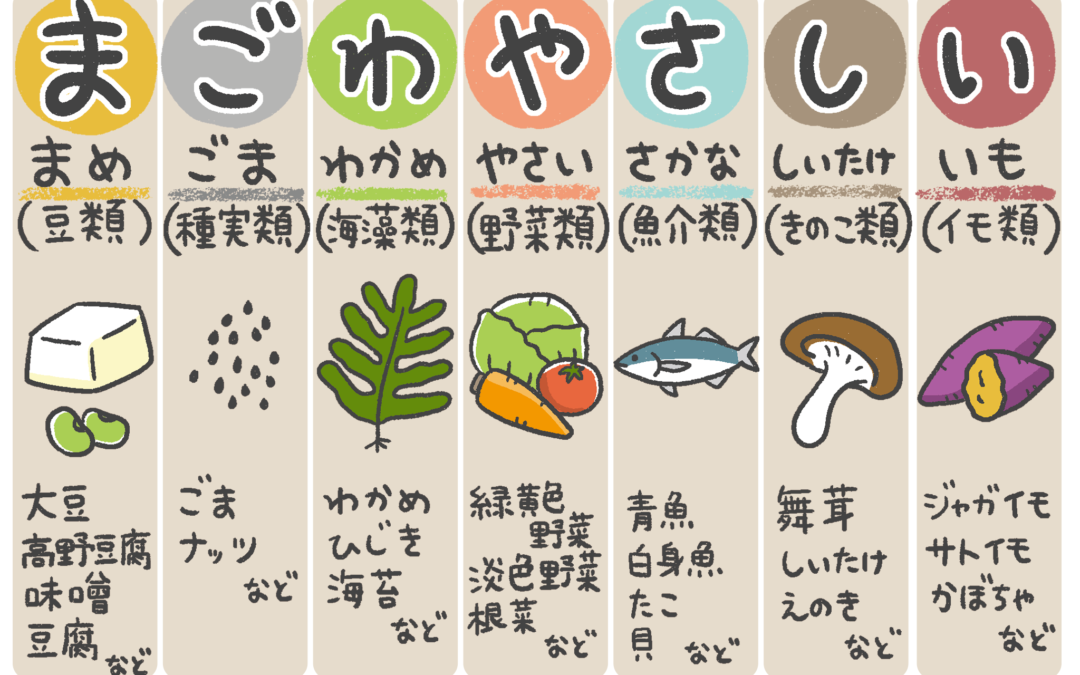
by Elizabeth Andoh | Jul 5, 2024 | Culture, Kitchen Culture
MA-GO-WA-YA-SA-SHI-I(Grandchildren are kind) This acronym helps speakers of Japanese remember the names of food groups that support a healthy diet. Each of the seven sounds represents a food group, while the total spells out a lovely adage (lauding the kindness of...

by Elizabeth Andoh | Jun 11, 2024 | Kitchen Culture, Summer
JUNSAI (water shield; Brasenia schreberi) grows naturally in lakes, ponds and slow streams in many parts of the world but only Japan and China have a long history of cultivating the plant as a food. The Japanese especially love foods with a tsuru tsuru (slippery,...

by Elizabeth Andoh | Jun 11, 2024 | Kitchen PROJECTS, Summer
PROJECT Enjoying Junsai 潤菜料理 (junsai ryōri) JUNSAI (water shield; Brasenia schreberi) grows naturally in lakes, ponds and slow streams in many parts of the world but only Japan and China have a long history of cultivating the plant as a food. Young, unfurled sprouts...
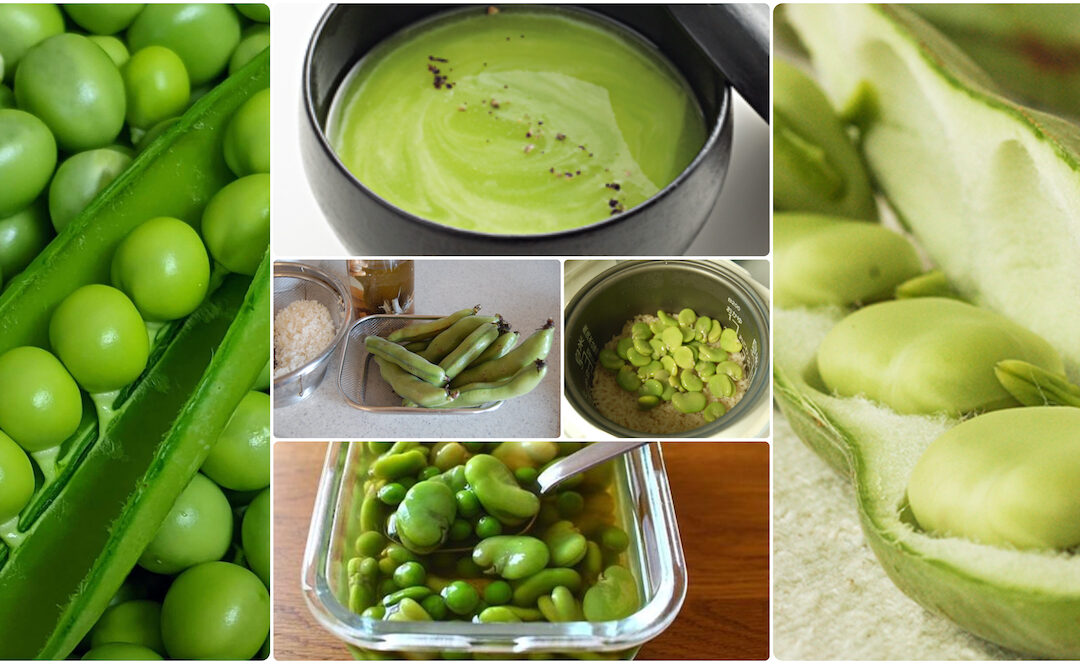
by Elizabeth Andoh | May 3, 2024 | Kitchen PROJECTS, Summer
PROJECT Cooking with Early Summer Bounty 初夏の幸の料理 (shoka no sachi no ryōri) The Japanese delight in cooking with seasonal produce and in the early summer that means making delicious dishes with new peas and beans. Using the recipes below as a point of departure, create...

by Elizabeth Andoh | May 3, 2024 | Holiday, Kitchen Culture, Summer
So named because this sweet is wrapped in kashiwa (oak) leaves, kashiwa mochi 柏餅 is enjoyed during the Golden Week holidays, early in May. Historically this sweet is associated with Tango no Sekku (also known as Kodomo no Hi or Children’s Day). What’s the...

by Elizabeth Andoh | Apr 6, 2024 | Kitchen PROJECTS, Summer
PROJECT Cooking with Bamboo Shoots A single bamboo shoot has different segments, each with a different texture and flavor profile. The BROAD BASE is best suited to cutting into circular slabs, half-moon slices, or chunks. Try slathering these with miso and broiling to...
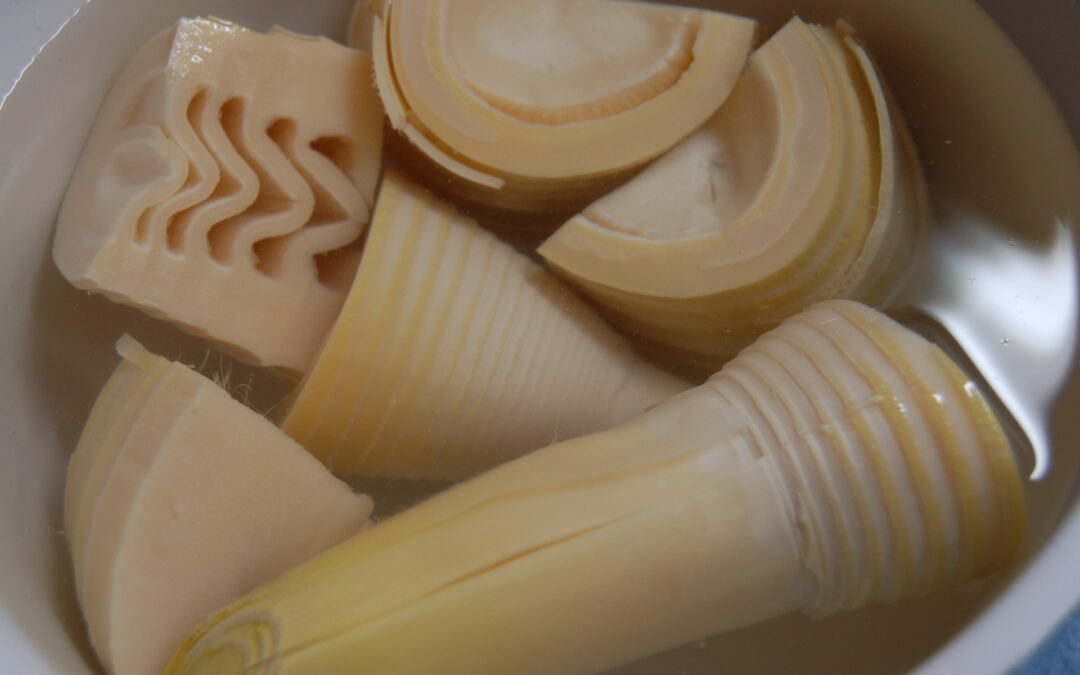
by Elizabeth Andoh | Apr 6, 2024 | Kitchen Culture, Summer
The moment in the culinary calendar when a food is at its seasonal peak of flavor is referred to as shün, and it is the driving force in most Japanese kitchens. Indeed, entire menus are planned around shün ingredients. In the spring, as tender bamboo buds begin to...





















